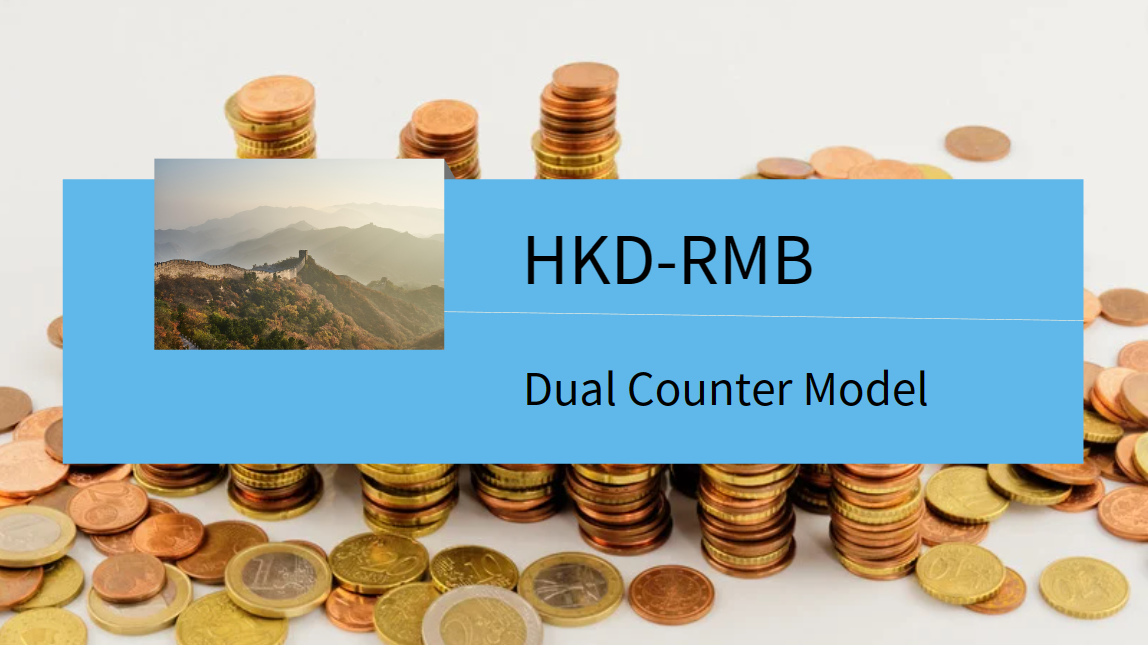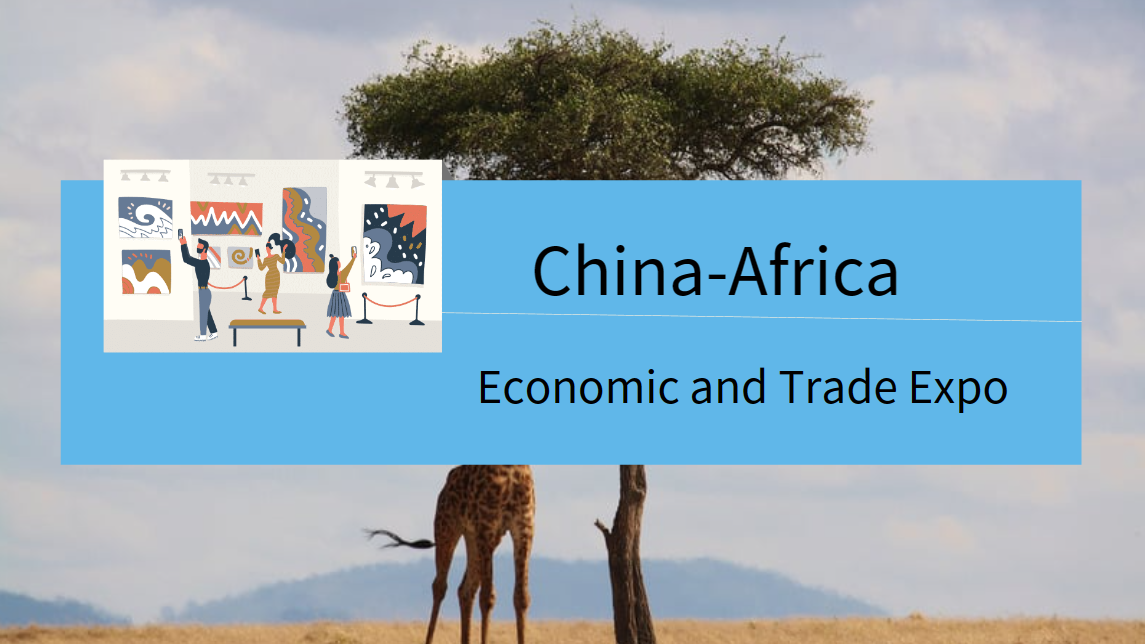Keynote speech at the Bank of China: The Belt and Road Initiative and RMB Internationalization Forum
Good morning. It gives me great pleasure to join you today at the Belt and Road Initiative and RMB Internationalization Forum.
Thank you Mr Sun and Bank of China (BoC) colleagues for organising this special event.
I also look forward to the release of your annual White Paper on Renminbi (RMB) Internationalisation. Being the first RMB clearing bank with substantial expertise and stake in this subject, BoC(HK), I am sure, has lots of insights to share with us.
Today I would like to talk about the opportunities for Hong Kong as RMB gains wider global acceptance, in particular in the Belt & Road context, and how Hong Kong in return can contribute to this process.
RMB internationalisation has made great strides in the past decade or so. Since the launch of the cross-border RMB trade settlement arrangement in 2009, the channels of cross-border usage have kept expanding — from trade settlement to direct investment, to portfolio investment.
Conduits that connect onshore and offshore markets have continuously become wider and deeper. By now, a well-developed two-way RMB circulation system is in place, enabling corporates and financial institutions to conduct different types of cross-border RMB transactions based on their needs.
Such circulation system is getting more frictionless and mature over time, leading to increasing acceptance and use of RMB globally. For example, last year the International Monetary Fund raised the weight of the RMB in the Special Drawing Rights; percentage of RMB in foreign exchange market transactions has been picking up; and lately the share of Mainland's external trade settled in RMB has seen renewed momentum.
The growth momentum is supported by, and in turn promotes, Hong Kong’s development as the leading offshore RMB business hub. Let me share a few data points.
Today, with total deposit close to RMB 1 trillion, Hong Kong is home to the largest offshore RMB liquidity pool. This accounts for about 60% of global aggregate and supports the liquidity needs of other offshore RMB centres.
The size of RMB payments routed through Hong Kong’s RMB RTGS system has made quantum leaps, with a remarkable daily turnover of RMB1.6 trillion, surpassing that of Hong Kong dollar.
Hong Kong also handles over 70% of global RMB payments and ranks number one globally in RMB foreign exchange transaction volume.
Another bright spot is capital market activities involving RMB. Each day Northbound and Southbound Stock Connect records close to RMB 140 billion worth of transactions, and Northbound Bond Connect records RMB 40 billion. Southbound Bond Connect has also added impetus to dim sum bond issuance and trading in Hong Kong. Last year the issuance of dim sum bonds totalled RMB 330 billion, hitting an eight-year high.
We are excited to see continued breakthroughs and expansion of product offerings denominated in RMB. A few weeks ago Swap Connect was launched, opening up a new avenue for investors to manage interest rate risks associated with their RMB bond holdings. Just last week, the Government Green Bond Programme successfully issued a record RMB15 billion of green bonds and extended the tenor from previous five years to ten years. In two weeks’ time, Hong Kong dollar and RMB dual-counter trading of selected Hong Kong-listed stocks will commence.
All these positive developments have contributed to the increasing onshore-offshore circulation of RMB and more offshore-to-offshore activities.
Looking ahead, China’s continued economic growth, its strength in external trade activities and its expanding financial markets lay solid foundation for RMB to further increase its international footprint. RMB’s usage in cross-border trade settlement, global foreign exchange transactions, international payments, and official reserves has ample potential to further increase.
The future path will be guided by two themes. First is to promote RMB internationalisation in an orderly manner. Second is that financial development should serve the real sector in high-quality economic development. Against this backdrop, there are two issues to be addressed: how can RMB internationalisation benefit market entities and real sector activities, capturing the opportunities offered by the “Belt and Road Initiative”; how should Hong Kong leverage its competitive edge to support the process?
The merchandise trade volume between the Mainland and some 150 countries along the Belt and Road reached RMB14 trillion last year, while the scale of two-way investment has also been expanding steadily. This provides fertile ground for the growth of RMB usage in trade and investment activities.
For Mainland corporates, using local currency in external transactions helps reduce currency mismatch and lower exchange costs. For overseas entities, especially for those with close business ties with China, settlement and investment using RMB directly would help diversify currency exposure and reduce transaction costs. Another relevant consideration is that the performance of RMB assets has displayed low correlation with their global and developed market peers, providing a good tool for investment diversification.
In short, the use of RMB in cross-border trade settlement, investment, and treasury management can achieve a win-win outcome for both Mainland and overseas corporates. The process will help improve the efficiency of payment and settlement and bring economic benefits to real sector activities.
Hong Kong plays a unique role in supporting China's capital account opening and the Belt and Road Initiative. As an international financial centre and offshore RMB hub, Hong Kong banks have built strong capability and extensive network, both locally and globally, in support of a wide range of RMB transactions that covers trade settlement and payments, corporate investment, fund raising and treasury management.
To maintain Hong Kong’s lead, we need to continue to work hard on three fronts: liquidity, products, and infrastructure.
On liquidity, the much enhanced Currency Swap Agreement between the People's Bank of China and the Hong Kong Monetary Authority last year has enabled us to provide the necessary liquidity support to the offshore market through the RMB liquidity facilities set up by the HKMA. This provides a favourable environment for financial institutions to expand their RMB-related activities and services.
On products, we will continue to work with stakeholders to introduce new features and create new channels by upgrading and expanding the family of Connect schemes to enhance the symbiotic linkage between the onshore and offshore markets.
Our objective is to widen the spectrum of RMB products and tools for asset allocation and risk management, enabling two-way traffic between the two markets.
As to financial infrastructure, there are encouraging developments on multiple fronts. The Central Moneymarkets Unit (CMU) under the aegis of the HKMA is undergoing a major overhaul to upgrade its operational capacity and product offerings, with the aim to better support the growth of RMB bond issuances and associated custodian services.
To increase the cross-border payment efficiency of RMB, we are supporting the pilot testing of eCNY under various cross-border payment scenarios. We are also pressing ahead with the mBridge project that promotes cross-border wholesale payments using central bank digital currencies including RMB.
Ladies and gentlemen, we have made good progress on RMB internationalisation. The future trajectory depends on the joint effort of policy makers and, more importantly, market participants including both the real sector and the financial sector. The HKMA will continue to proactively engage with the various stakeholders to maintain a conducive environment that supports this journey.
With that, I wish you all a fruitful and insightful event.
Thank you.






















































First, please LoginComment After ~